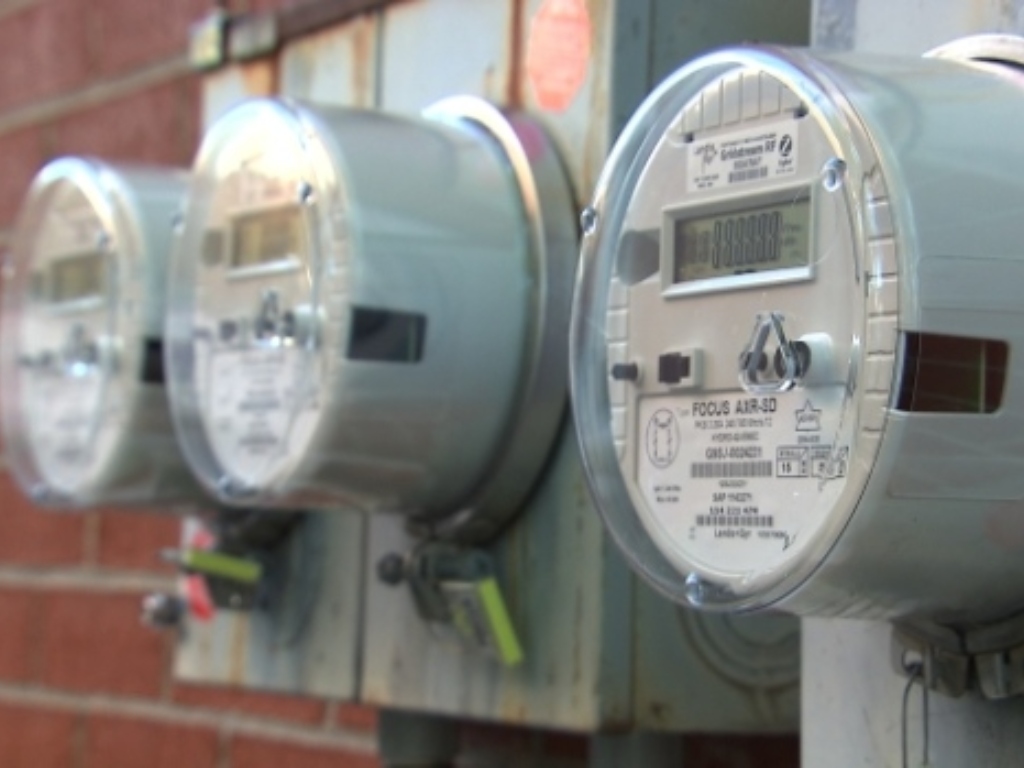The Problem
Energy insecurity—the inability to pay an energy bill—is a widespread problem among low-income households in the United States. When households are unable to pay for their energy needs, the mental and physical well-being of household members is likely to suffer. The problem is exacerbated by disruptions to the labor market, increases in energy costs, and extreme weather, among other factors.
The economic shock of the COVID-19 pandemic pushed millions of Americans into energy insecurity despite efforts by state and local governments to protect households that have fallen behind on utility payments. Understanding the magnitude of this problem and the shared characteristics of these households is essential to addressing this growing problem.



